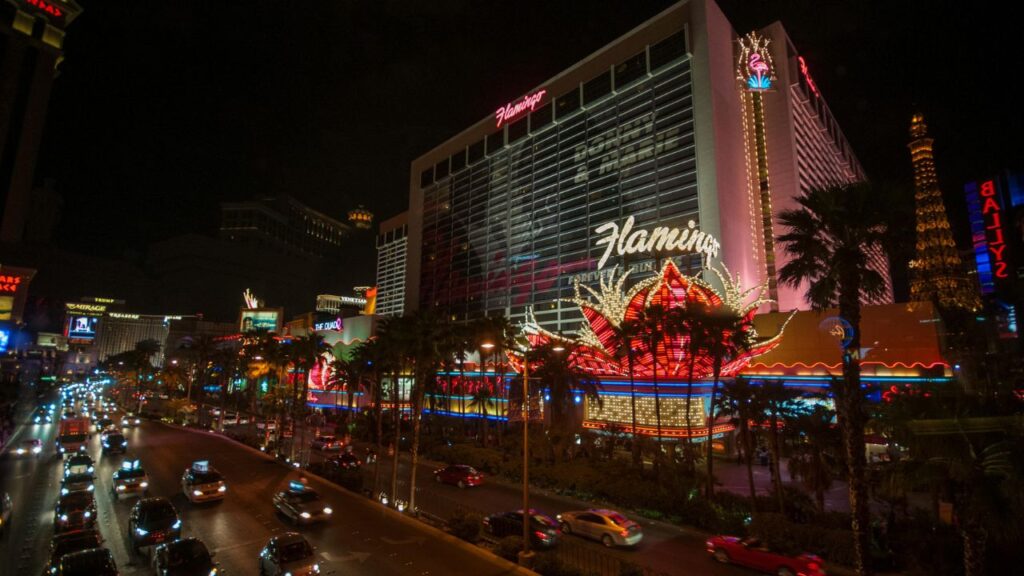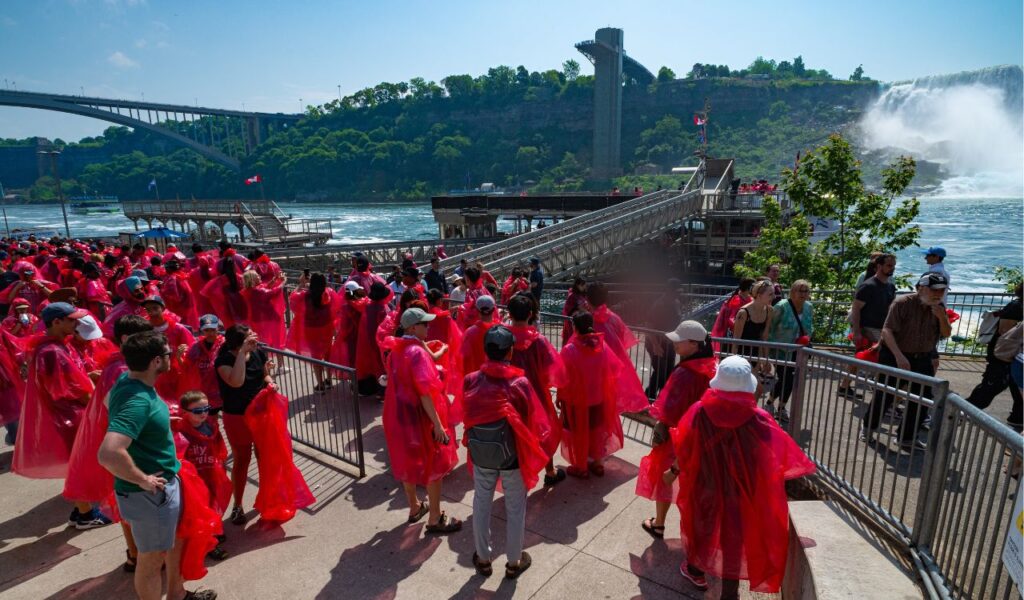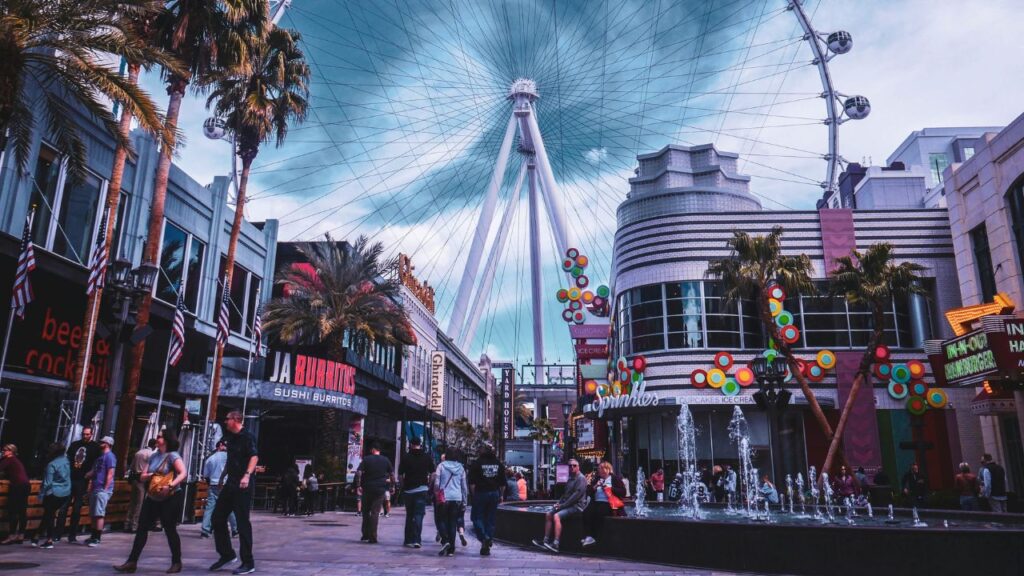We may earn money or products from the companies mentioned in this post. This means if you click on the link and purchase the item, I will receive a small commission at no extra cost to you ... you're just helping re-supply our family's travel fund.

Las Vegas just posted a double digit June drop, about 11% year over year, roughly 400,000 fewer visitors, and is down about 7% for the first half of 2025, making it the best documented city level slump this year. Because Vegas concentrates discretionary travel spend, shifts show up fast in visitors, rooms, conventions, and flights. With international spending projected to slip nationwide, the city is the bellwether to watch now.
Vegas leads the 2025 slump

Las Vegas takes the biggest hit in 2025 coverage. June visitation fell about 11% year over year, about 400,000 fewer visitors, and year to date is off roughly 7%. Analysts treat Vegas as a bellwether because when visitation, occupancy, conventions, and air traffic weaken together, it signals wider discretionary travel softness. Among reported U.S. slumps in these sources, Vegas is the most quantified.
Multi-metric downturn in sync

The pullback is synchronized across key indicators. Coverage notes Strip hotel occupancy declined in June, convention attendance trailed last year, and Harry Reid International handled roughly 318,000 fewer passengers that month. When rooms, conventions, and air all soften together, it suggests more than a seasonal wobble, pointing to broader consumer caution in an event driven market.
California feeder weakens

California, Vegas’s largest feeder, slowed on two fronts. Reporting cites I 15 traffic at the state line down roughly 4.3% year to date, while June air travel into Las Vegas fell about 6.3% versus last year. With Southern California supplying a large share of visitors, that feeder softness carries outsized weight for occupancy and on Strip spending, amplifying the slump’s reach.
International headwinds bite

International arrivals dropped notably in June, with reports citing about a 13% decline and particular weakness from Canada and Mexico. Coverage links this to tariff and immigration frictions alongside cost sensitivity. Because international guests often stay longer and spend more, this mix shift compounds both volume and revenue pressure in 2025.
Pricing and value perception

Value fatigue is setting in. Coverage notes that even as average nightly rates eased from 2024 levels, occupancy softened, a classic sign of price resistance. Elevated resort fees, inflation squeezed budgets, and fewer impulse getaways are taking a toll, according to on the ground accounts. When the perceived bargain fades, short discretionary trips are the first to go.
National spending context

Zooming out, coverage cites WTTC projections that international visitor spending in the U.S. may drop by roughly 12.5 billion dollars in 2025, to about 169 billion from 181 billion in 2024. That shortfall typically hits marquee destinations first, which helps explain why Vegas’s double digit June decline is being read as more than a local wobble, a national signal on inbound demand.
Intriguing bellwether dynamics

Vegas is an early warning gauge because it concentrates entertainment, gaming, and conventions, categories that move with consumer confidence. When visitor counts, hotel KPIs, and airport throughput slide while California feeders and foreign arrivals soften, the signal turns bright. That is what 2025’s indicators show, which is why analysts keep pointing to Vegas.
Regional Competition Heats Up

Neighboring destinations are drawing some of the discretionary travel that once defaulted to Las Vegas. Phoenix, Denver, and even secondary California markets have invested in new sports arenas, music festivals, and high-end resorts, giving weekend travelers fresh options. With airfare deals spreading visitor dollars across the Southwest, Vegas faces stiffer competition for the same leisure and convention crowds, adding another headwind to 2025 totals.
Bottom line for 2025

Across the sources provided, Las Vegas stands out as the most extensively documented slump, a double digit June drop, mid single digit declines year to date, and concurrent weakness in visitors, occupancy, conventions, and flights. International softness and a cooling California pipeline deepen the impact. Put together, Vegas is both the headline slump and a national signal this year.